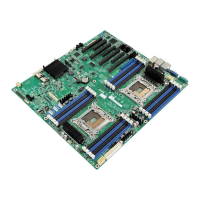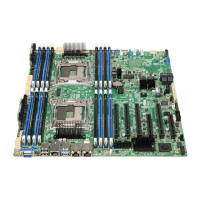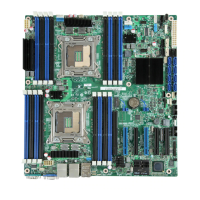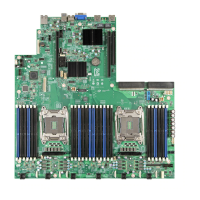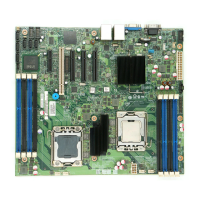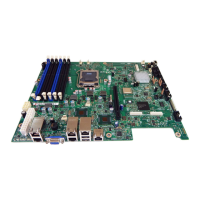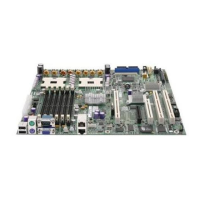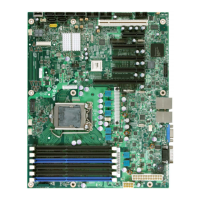Functional Architecture Overview Intel® Server Board S2600CO Family TPS
20 Revision 1.4
Intel order number G42278-004
Processor Core Features:
Up to twelve execution cores
Each core supports two threads (Intel
®
Hyper-Threading Technology), up to 16 threads
per socket
46-bit physical addressing and 48-bit virtual addressing
1 GB large page support for server applications
A 32-KB instruction and 32-KB data first-level cache (L1) for each core
A 256-KB shared instruction/data mid-level (L2) cache for each core
Up to 20 MB last level cache (LLC): up to 2.5 MB per core instruction/data last level
cache (LLC), shared among all cores
Supported Technologies:
Intel
®
Virtualization Technology (Intel
®
VT)
Intel
®
Virtualization Technology for Directed I/O (Intel
®
VT-d)
Intel
®
Virtualization Technology Processor Extensions
Intel
®
Trusted Execution Technology (Intel
®
TXT)
Intel
®
64 Architecture
Intel
®
Streaming SIMD Extensions 4.1 (Intel
®
SSE4.1)
Intel
®
Streaming SIMD Extensions 4.2 (Intel
®
SSE4.2)
Intel
®
Advanced Vector Extensions (Intel
®
AVX)
Intel
®
Hyper-Threading Technology
Execute Disable Bit
Intel
®
Turbo Boost Technology
Intel
®
Intelligent Power Technology
Enhanced Intel
®
SpeedStep Technology
3.2.1 Intel
®
QuickPath Interconnect
The Intel
®
QuickPath Interconnect is a high speed, packetized, point-to-point interconnect used
in the processor. The narrow high-speed links stitch together processors in distributed shared
memory and integrated I/O platform architecture. It offers much higher bandwidth with low
latency. The Intel
®
QuickPath Interconnect has an
efficient
architecture
allowing more
interconnect performance to be achieved in real systems. It has a snoop protocol optimized for
low latency and high scalability, as well as packet and lane structures enabling quick
completions of transactions. Reliability, availability, and serviceability features (RAS) are built into
the architecture.
The physical connectivity of each interconnect link is made up of twenty differential signal pairs
plus a differential forwarded clock. Each port supports a link pair consisting of two uni-directional
links to complete the connection between two components. This supports traffic in both
directions simultaneously. To facilitate flexibility and longevity, the interconnect is defined as
having five layers: Physical, Link, Routing, Transport, and Protocol.
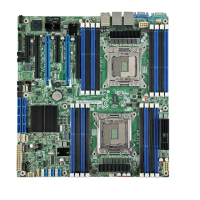
